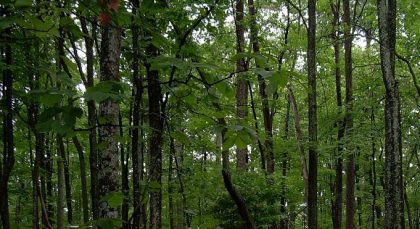ATDD to Operate Aerial Observing Platforms During CHEESEHEAD Field Campaign
June 2019
June 2019
ARL’s Atmospheric Turbulence and Diffusion Division is preparing for the Chequamegon Heterogeneous Ecosystem Energy-balance Study Enabled by a High-density Extensive Array of Detectors (CHEESEHEAD) field campaign taking place in Park Falls, Wisconsin, from mid-summer to early fall 2019. Sponsored by the National Science Foundation, this intensive campaign is specifically designed to address long-standing questions regarding the role of atmospheric boundary-layer responses to land surface changes.

ATDD will operate its small unmanned aerial systems (sUAS) as observing platforms during three intensive observation periods spanning 7-13 July, 18-24 August, and 22-28 September, demonstrating state-of-the-art land-surface characterization with regard to spatial resolution and time. The campaign’s observations of boundary layer profiles will be utilized to better understand how water and heat budgets affect the weather in forested regions. The data collected will then demonstrate how observations from UAS can bridge the data gap from in-situ to model grid sizes.
ATDD’s fellow NOAA Research line offices the National Severe Storms Laboratory and the Earth System Research Laboratory’s Physical Sciences and Global Systems Divisions are among the other study participants.
About Flux: Flux is the term for the exchange, or vertical movement, of gases from air to land and back again. It helps scientists to understand the fate and impact of gases delivered by atmospheric processes to surface water and sediment/soil.
About AmeriFlux: AmeriFlux is a network of sites throughout North, Central, and South America. Instruments at each site are tailored to the unique ecosystems there. The flux species measured at WLEF, which is in a forest, are carbon dioxide, hydrogen, water, and methane.